The choice between walnut, cherry, and maple isn't just about picking a color—each wood has its own personality, its own way of aging, and its own story to tell. Here's what you actually need to know to choose the one that's right for your kitchen.
The color transformation nobody expects
Here's the plot twist: all three woods change over time, and they don't all go in the same direction.
Cherry starts light pink and darkens dramatically to rich reddish-brown within 6-12 months—it's the most dramatic transformation of any domestic wood. Walnut does the opposite: that deep chocolate color will gradually lighten over years, developing silvery undertones and honey tones. Maple splits the difference, starting creamy white and developing a warm amber patina without dramatic change.
This isn't a flaw—it's their signature feature. Cherry's transformation is so beloved that furniture makers deliberately sun-tan fresh pieces. Walnut's gradual lightening creates a lustrous patina that shows how time and light work together on wood. Maple's aging happens so subtly that each year brings gentle warmth.
Don't choose based solely on today's color. Choose based on where the wood is going.
How they feel
Touch all three and you'll immediately understand their personalities. Cherry has satiny smoothness—its closed grain creates depth that seems to come from within. Walnut has a slightly coarser texture with medium-sized pores that give it character. Maple feels the smoothest, almost glassy, because its tight grain creates a seamless surface.
For kitchen use, this translates to maintenance. Cherry's closed grain resists grime. Walnut's open pores benefit from regular oiling. Maple's density makes it nearly impervious to wear—it's why basketball courts have used it for over a century.
Hardness and what it actually means
The Janka hardness test measures force needed to dent wood. Maple scores 1,450, making it one of the hardest domestic woods. Walnut comes in at 1,010, cherry at 950. But here's what that means when you're tossing utensils into a drawer at 6 AM: all three are plenty hard enough.
Cherry's relative softness means it's easier on knife edges and won't crack from impact. Walnut hits the sweet spot—hard enough to resist daily wear, soft enough to work with if you ever need repairs. Maple is practically indestructible. The same hardness that withstands 82 NBA games a year means your kitchen tools won't leave a mark.
The surprise? Cherry has been used in Colonial cabinetry and busy family kitchens for generations with outstanding durability. The difference between 950 and 1,450 matters less in practice than proper care.
Daily life with each wood
All three handle real life beautifully with minimal fuss, but their personalities differ.
Maple asks the least of you. Its density means water beads up rather than soaking in. Wipe with a damp cloth, apply food-safe mineral oil monthly, and you're done. Its natural antibacterial properties made it the gold standard for butcher blocks for centuries.
Cherry is straightforward—mild soap and water for cleaning, mineral oil every few months. The closed grain means spills don't penetrate easily if you catch them reasonably quickly. Since it lives inside a drawer, the whole piece ages evenly together without the uneven sun-darkening that affects cherry furniture.
Walnut loves regular oiling because its open grain drinks it up. Apply food-safe oil every 6-12 months, and the wood maintains its rich appearance. The payoff? Walnut can handle more abuse than you'd expect—it's one of the most durable domestic woods.
For all three: don't soak them, don't use harsh chemicals, and don't use cooking oils that go rancid. Stick with food-grade mineral oil and they'll outlast your kitchen.
Why people choose each wood
Cherry is the warm hugger—it brings immediate coziness and tradition without feeling stuffy. It works in Shaker kitchens and modern spaces alike because that warmth is universally welcoming. People choose cherry when they want wood that feels alive and tells a story of accumulated years.
Walnut is the sophisticated guest. As the only dark domestic hardwood, it brings instant drama and luxury. Even a small walnut piece anchors a space. People choose walnut when they want something that looks expensive, feels substantial, and improves with age. If cherry is cozy and maple is clean, walnut is confident.

Maple is the bright minimalist. Its light color creates an open, airy feeling. The subtle grain doesn't compete for attention. Maple shines in Scandinavian kitchens, modern spaces, and Japanese-influenced designs where simplicity reigns. People choose maple when they value clarity and understated elegance.
The stories they carry
Walnut was prized enough during the Civil War that its supply was exhausted making gunstocks. Black walnut trees take 150 years to reach maturity, and walnut rustlers have stolen valuable trees using helicopters. It's wood with gravitas.
Cherry was called "poor man's mahogany" by early American furniture makers. The same tree that gives us tart pie cherries provides wood that Colonial craftsmen and modern designers both treasure.

Maple is literally the tree tapped for pancake syrup. And those NBA games you watch? Twenty-nine of thirty courts use hard maple flooring—the same wood that's been under the Celtics' feet since the 1940s.
What mineral oil does for each wood
When you apply food-safe mineral oil, you're giving the wood a drink that enhances appearance and provides protection. Think moisturizer, not paint.
On cherry, mineral oil brings out the grain without dramatically changing color. It creates a soft sheen and reveals patterns.
Walnut responds beautifully by deepening slightly and bringing out rich chocolate tones. The grain pops with greater dimension. Mineral oil works perfectly for kitchen use—just expect to reapply more often than harder finishes.
On maple, the transformation is most dramatic. The tight grain suddenly reveals depth and character, taking on richer warmth while maintaining brightness. Maple drinks oil slowly—apply multiple coats initially. The payoff is that silky-smooth, satiny surface.

For all three: flood the surface with oil, let it soak 10-15 minutes, wipe off excess, and buff to a sheen if you feel they look dry.
Where these woods come from
None of these woods grow naturally in Arizona. Black walnut grows in the Midwest and Eastern states. Cherry thrives in Pennsylvania and throughout the Eastern seaboard. Maple dominates Michigan, New York, Wisconsin, and the Great Lakes region.
Everything ships in, but that's standard and doesn't compromise quality. Midwestern walnut and Pennsylvania cherry are considered the highest quality sources. The sustainability story is good—Pennsylvania leads in certified sustainable forests, maple populations are thriving, and all three are domestic, renewable resources with lower environmental impact than exotic imports.
Common misconceptions
Walnut doesn't stay dark forever—it actually lightens over time. That "black" in black walnut refers to the nut shells, not the wood.
Cherry isn't naturally deep reddish-brown—fresh cherry is light pink to pale salmon. The color develops naturally over months through light and oxygen exposure. Those "cherry-stained" pieces in big-box stores are often cheaper woods artificially darkened.
Soft maple isn't actually soft—it has a Janka rating around 950, identical to cherry. It's only "soft" relative to hard maple's exceptional 1,450 rating. Both are perfectly suitable hardwoods.
And harder isn't always better. Cherry's lower hardness is kinder to knife edges. Walnut's medium hardness is the sweet spot for many uses. Maple's exceptional hardness is sometimes overkill. The right hardness depends on your priorities.
Making your choice
The decision comes down to three questions:
Which aging pattern speaks to you? Cherry starts light and develops dramatic color. Walnut lightens and develops silvery patina. Maple warms subtly without dramatic change.
What aesthetic are you building? Cherry brings warmth and traditional elegance. Walnut creates sophisticated drama. Maple delivers clean brightness and calm.
How much maintenance feels right? Maple needs minimal fuss. Walnut rewards regular oiling. Cherry falls in the middle.
There's no wrong choice here. All three have served in American kitchens for centuries. All three develop character over decades of use. The question isn't which wood is objectively best—it's which wood feels like home to you.


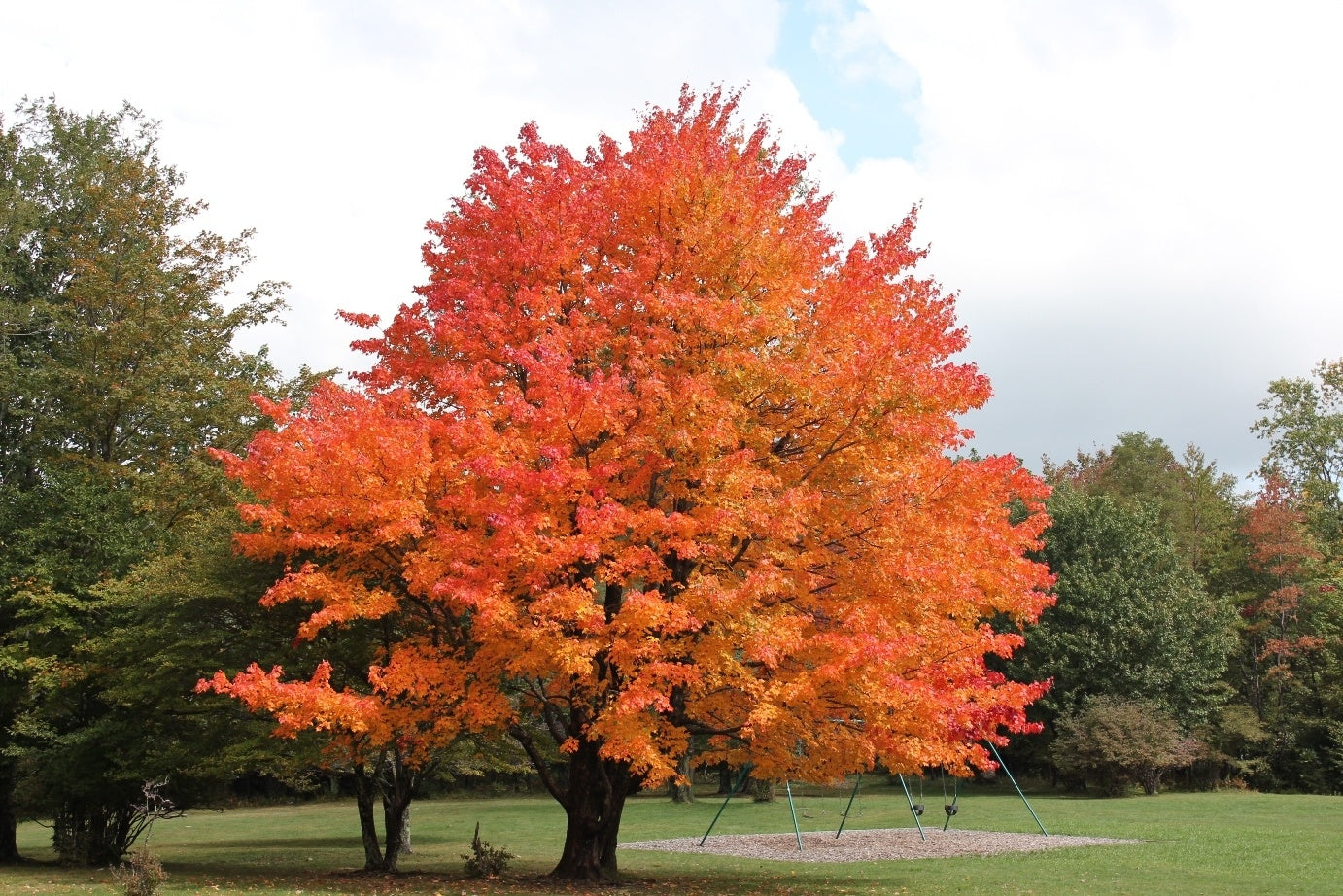
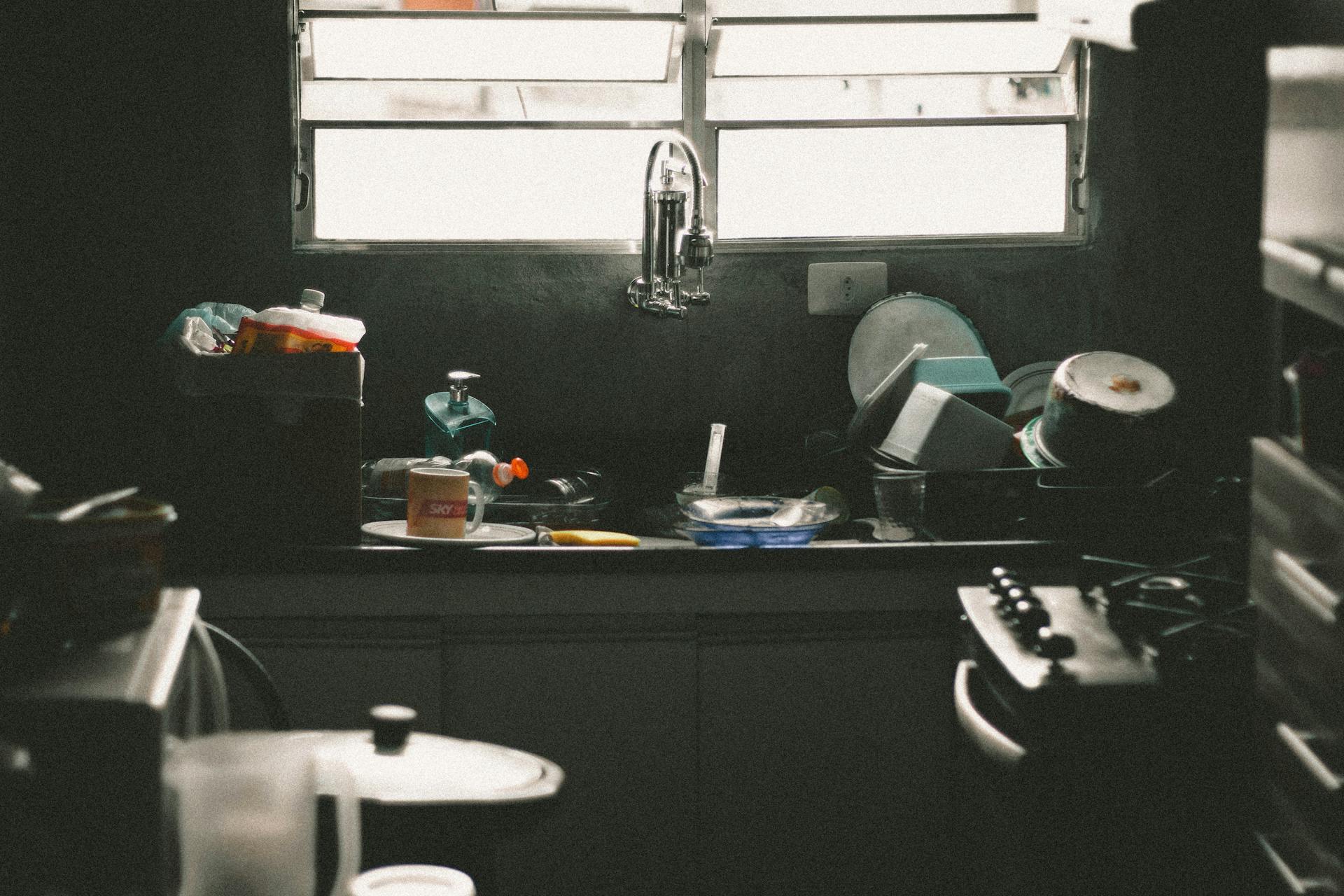
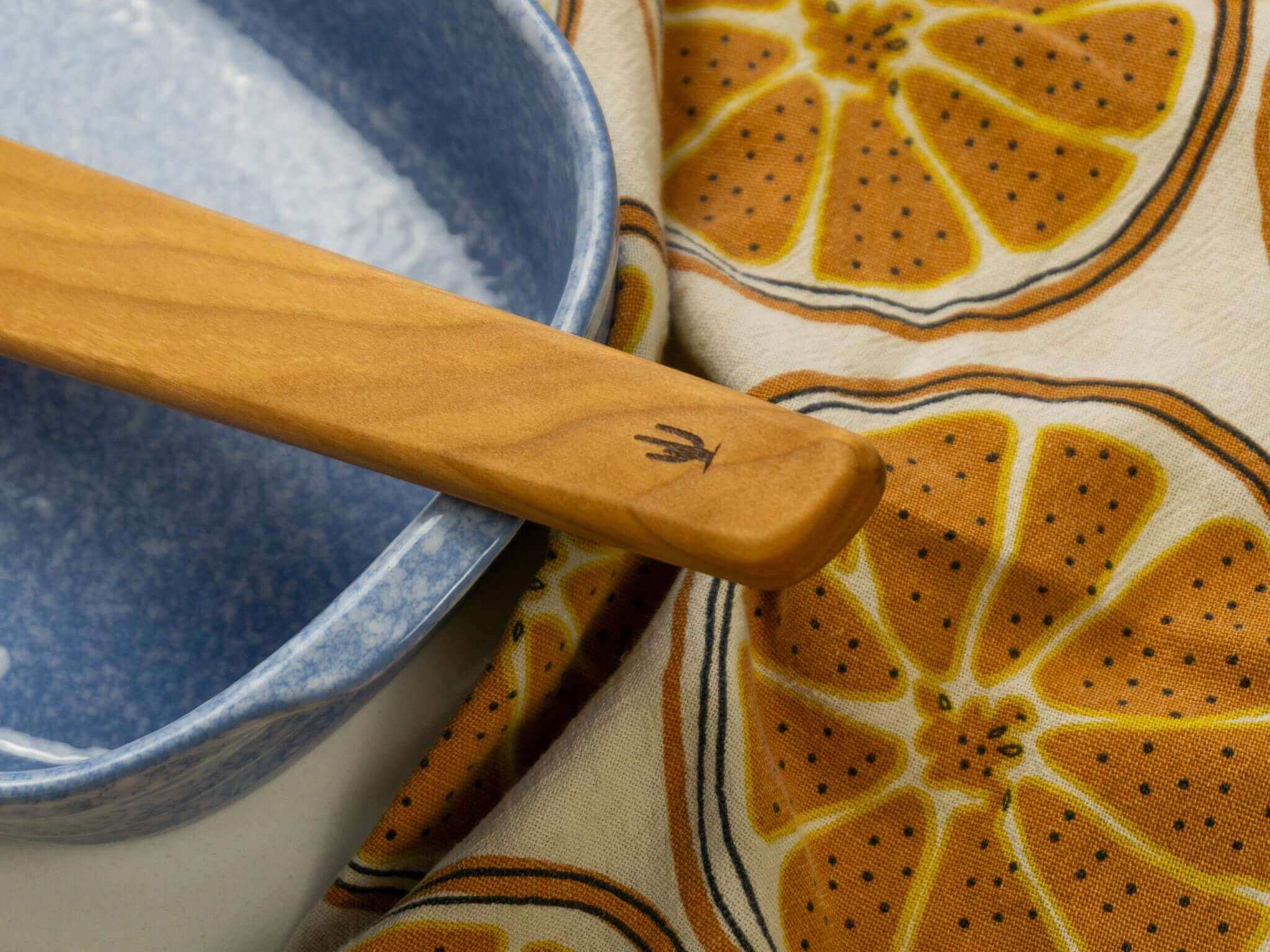
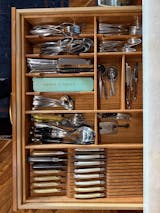
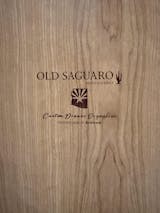
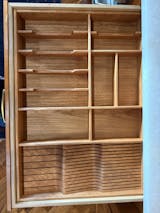



Share:
Holiday Kitchen Organization Strategy: What I Learned from Professional Chefs and Certified Organizers